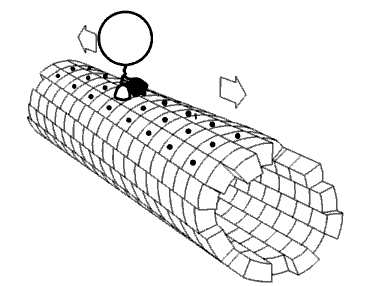
Photo from academic.microsoft.com
Reprogramming of human somatic cells to induced pluripotent stem cells (iPSCs) generates valuable resources for disease modeling, toxicology, cell therapy, and regenerative medicine. However, the reprogramming process can be stochastic… Click to show full abstract
Reprogramming of human somatic cells to induced pluripotent stem cells (iPSCs) generates valuable resources for disease modeling, toxicology, cell therapy, and regenerative medicine. However, the reprogramming process can be stochastic and inefficient, creating many partially reprogrammed intermediates and non-reprogrammed cells in addition to fully reprogrammed iPSCs. Much of the work to identify, evaluate, and enrich for iPSCs during reprogramming relies on methods that fix, destroy, or singularize cell cultures, thereby disrupting each cell's microenvironment. Here, we develop a micropatterned substrate that allows for dynamic live-cell microscopy of hundreds of cell subpopulations undergoing reprogramming while preserving many of the biophysical and biochemical cues within the cells' microenvironment. On this substrate, we were able to both watch and physically confine cells into discrete islands during the reprogramming of human somatic cells from skin biopsies and blood draws obtained from healthy donors. Using high-content analysis, we identified a combination of eight nuclear characteristics that can be used to generate a computational model to predict the progression of reprogramming and distinguish partially reprogrammed cells from those that are fully reprogrammed. This approach to track reprogramming in situ using micropatterned substrates could aid in biomanufacturing of therapeutically relevant iPSCs and be used to elucidate multiscale cellular changes (cell-cell interactions as well as subcellular changes) that accompany human cell fate transitions.
Journal Title: Biophysical journal
Year Published: 2019
Link to full text (if available)
Share on Social Media: Sign Up to like & get
recommendations!